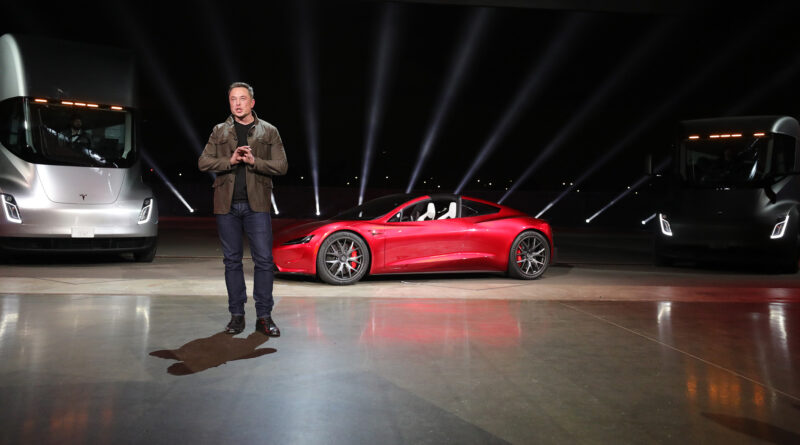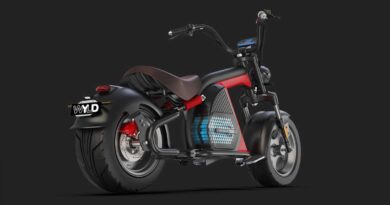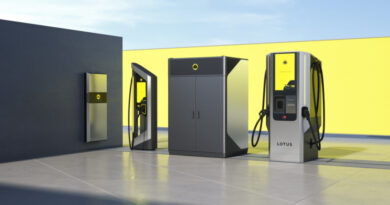Biggest electric car stories of 2020: how EVs shaped the year
Bushfires, a pandemic, global lockdowns, economic recessions and a US election… 2020 has been quite a year.
Despite the turmoil, plenty has happened in the world of electric vehicles too. Here’s our pick of the most important and most popular stories published on EV Central in 2020.
1. First plug-in Ferrari

Our man John Carey tested Ferrari’s first ever plug-in hybrid in Italy (tough gig, etc.), lauding the SF90 Stradale’s performance, tech and dynamics. While Ferrari has been cold on electrification in the past, the SF90 Stradale appears to have successfully blended hybridisation with heritage.
Helping matters is it being the quickest ever road-legal Ferrari around the Fiorano test track; first-ever with 1000 metric horsepower and fastest ever to 100km/h and 200km/h. Negatives include bugger-all luggage space and an Australian price tag nudging $1million.
2. Tesla becomes the world’s most valuable car company
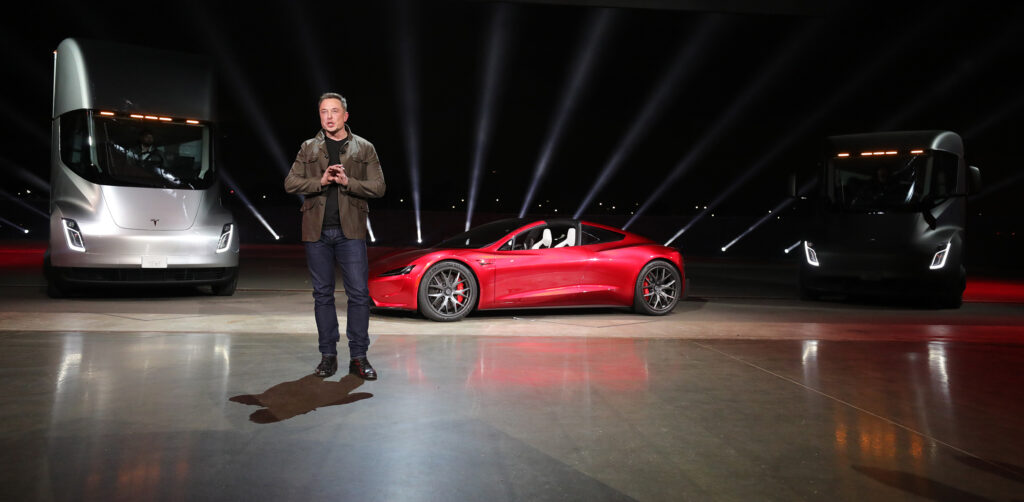
In July, Tesla overtook Toyota to become the world’s largest car-maker based on market value. Yep, really. By mid-2020 its rough valuation was US$206.5 billion ($298 billion) versus Toyota’s US$202 billion ($292 billion). Well, it’s gone even more bonkers since.
The share market says Tesla’s currently worth over US$600 billion ($796 billion) – and it peaked at US$659 billion ($874 billion) on December 18th. Its share price has soared almost 700 per cent throughout 2020, making it worth more than double what Toyota is and about six times the value of Volkswagen.
Elon Musk should have a good Christmas. Latest estimates put his personal wealth at US$167 billion ($222 billion), making him the world’s second-richest person.
3. Australia plans taxes for EVs
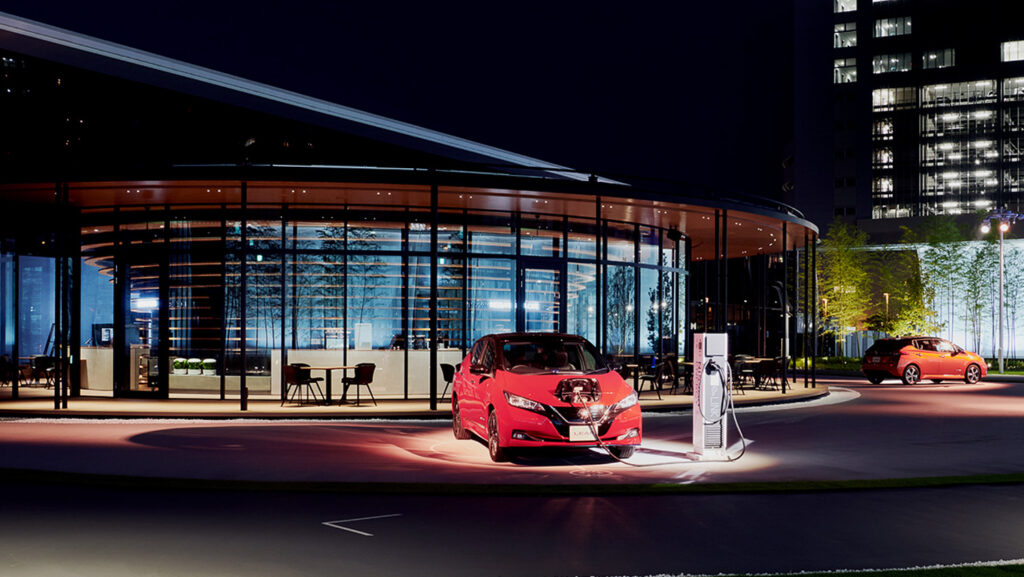
First South Australia, then Victoria, then NSW – 2020 was the year State governments got vocal about a tax grab on EV motorists. An EV road tax, which some have called a world-first, was roundly condemned by, well, just about everyone. As an example, Victoria said it wants to tax EV owners 2.5 cents per kilometre.
Federal government quickly recognised an electric car tax was a huge road block to EV and PHEV uptake, and appears at loggerheads with State government on their proposals.
We recognise some form of road tax for EVs is inevitable in future, but only once EVs are accepted on a grand scale, like in Norway. Meanwhile, battery electric cars made up only 0.6% of Australia’s new car sales last year.
4. VW plans EV world domination
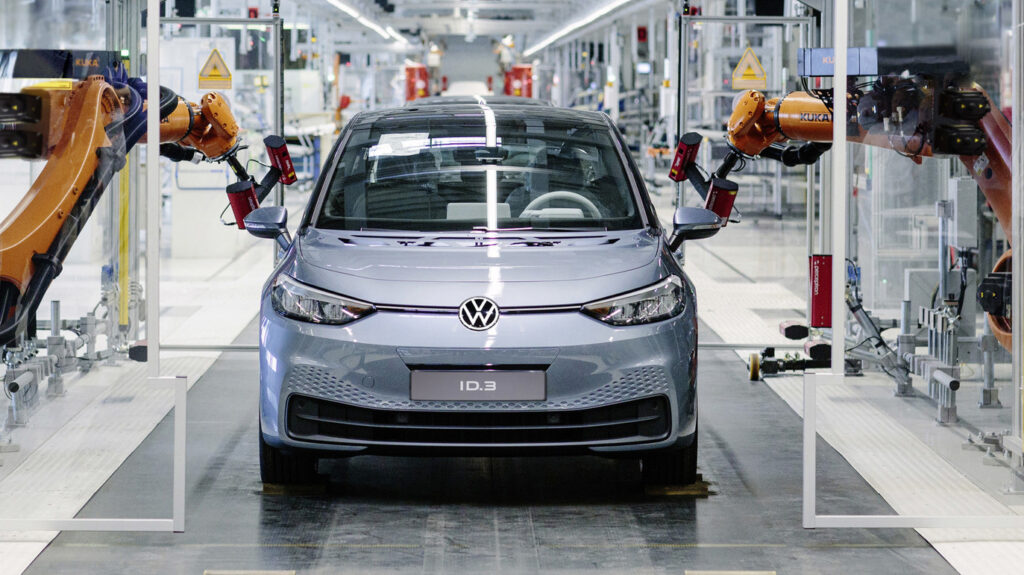
The world’s biggest car maker by volume is attacking its diesel hangover (sore subject) with an all-out assault on an electric future.
The ID.3 hatch went on sale in Europe mid-year, while the ID.4 electric SUV was dubbed “the most important launch for Volkswagen since the Beetle,” by Scott Keogh, head of VW Group of America.
More affordable ID.1 and ID.2 models appear close; there’s talk of an ID.4 GTX performance version, an ID.5 SUV coupe, ID.6 mid-sized sedan/coupe/wagon, and a Kombi-lookalike likely called ID.7 as the brand’s halo offering. Dieselgate? What Dieselgate?
5. GM goes big on an EV future
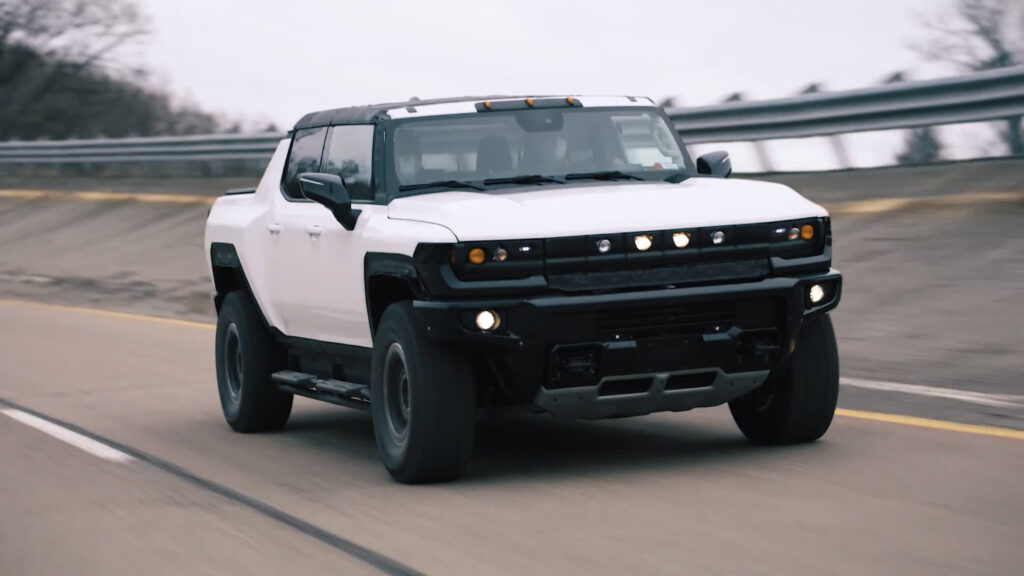
General Motors went all-in on its electric future in 2020, announcing it would “transition to an all-electric portfolio” while promising 40 per cent of its American lineup would be electric by the end of 2025. The legacy automaker has committed US$27 billion to electric and autonomous vehicle development.
Of GM’s 30 global EVs promised by 2025, production timelines of the GMC Hummer EV, three other GMC EVs, four Chevrolet EVs and four Cadillac EVs have been accelerated.
A tie-up with Nikola to produce its Badger pick-up ended in disaster, but there was better news regarding GM’s Ultium batteries. We’re not told their maximum theoretical range is more than 700km between charges, while the second-gen batteries (due around 2025) are predicted to cost 60 per cent less than today’s versions.
6. Tesla Model 3 the best-selling EV of all time

Despite only coming to market in July 2017, Tesla’s Model 3 has swiftly become history’s best-selling electric car, overtaking the Nissan Leaf‘s tally in March of this year.
Exact Tesla sales figures are hard to track, but we know more than half-a-million Model 3s had been sold globally by March 2020; rising to an estimated 645,000 in October.
You can bank on three-quarters-of-a-million Model 3s on the road by year’s end, and the (currently) cheapest Tesla being the first ever EV to crack a million sales sometime in 2021.
7. Solid state batteries arrive
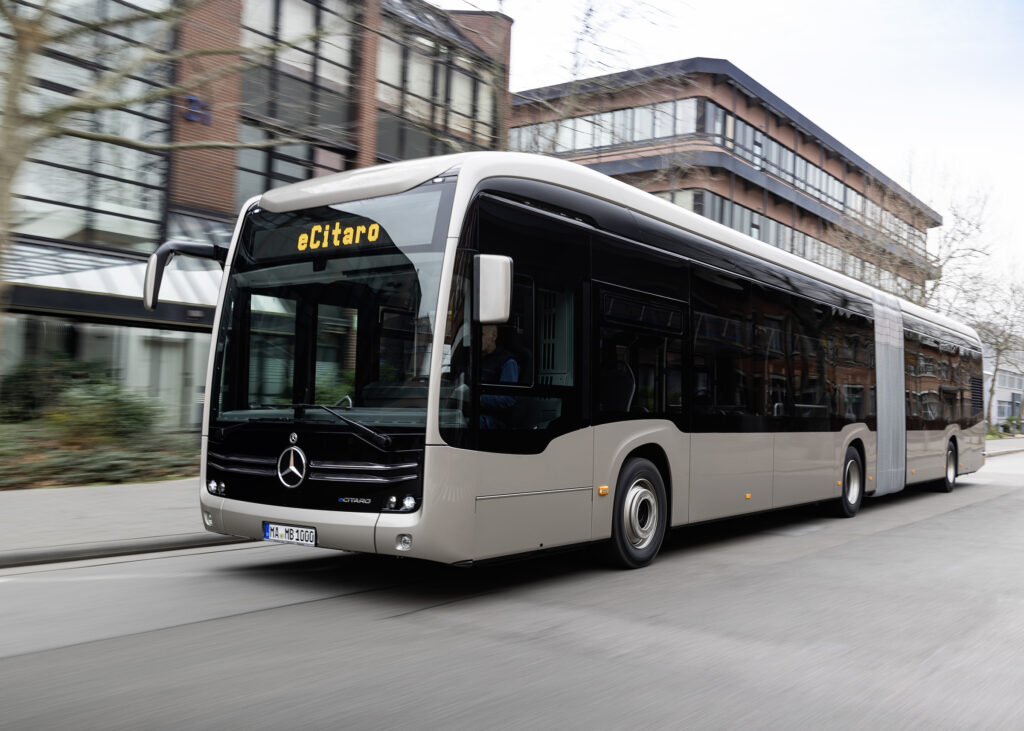
Solid-state batteries are a very big deal. They don’t contain liquid electrolyte like lithium-ion batteries, relying instead on solid materials – often very special plastics – to keep the electrons moving. Basically, solid-state batteries give longer range for the same size pack, charge faster and are less likely to catch fire when damaged.
Problem is they’re very expensive – that’s why they’re not widely used. But 2020 was a big year for solid-state. Mercedes-Benz revealed the world’s first production electric vehicle powered by such batteries – the eCitaro G articulated bus (or bendy bus) – albeit solid-state batteries only coming as a (pricey) option.
Most manufacturers suggest we won’t see solid-state batteries in production electric cars until after 2025, but Toyota said it plans to debut solid-state battery technology in 2021 in the hope of being first to market.
8. Hydrogen fuel cell vehicles land
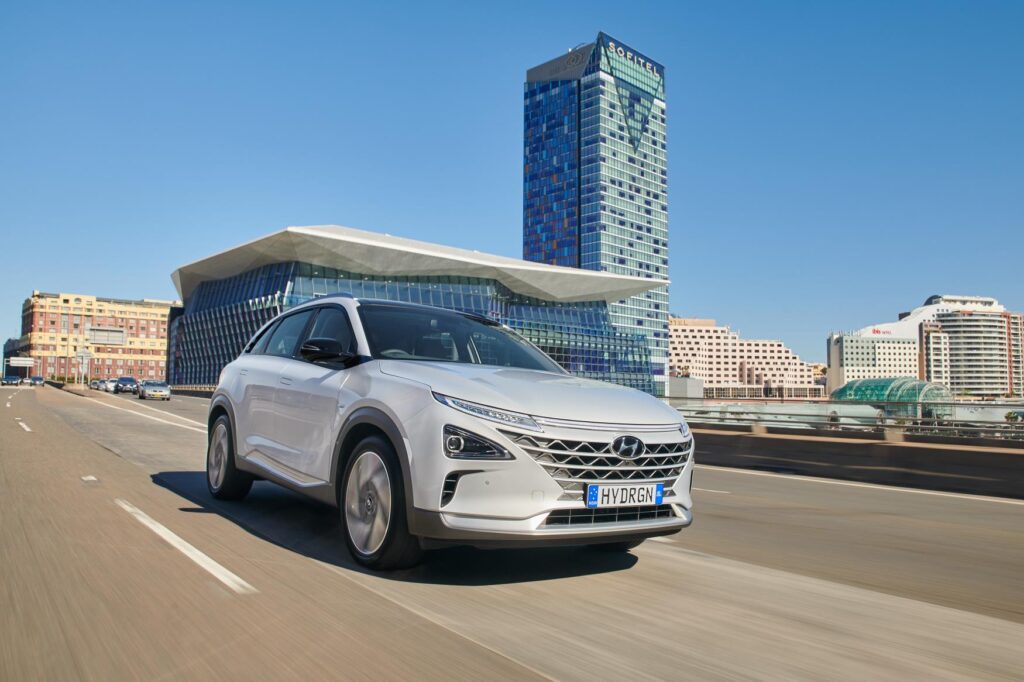
In June, Hyundai’s Nexo became the first fuel cell electric vehicle (FCEV) certified for sale in Australia. Twenty are now being used on the Australian Capital Territory (ACT) government fleet.
A range of 666km (WLTP), refuelling time of three to five minutes, and emitting only water vapour from its exhaust, hydrogen fuel-cell vehicles like the Nexo are considered by many to be true “zero-emission” vehicles. Try finding a filling station, though.
Toyota confirmed its second-gen Mirai FCEV was coming to Australia in 2021 (though not for sale to the general public), while overseas the mighty Ineos Grenadier looks likely to get a hydrogen heart courtesy of a Hyundai deal, while Hyundai hydrogen fuel cell trucks were delivered to their first European customers in October.
9. Toyota BZ electric vehicles coming

All we got in 2020 was the above silhouette, but the interest and expectation around Toyota electric vehicles was massive, as you’d expect from followers of Australia’s runaway best-selling car brand.
This month Toyota announced it would reveal a brand-new battery electric SUV in early 2021, the first of its forthcoming portfolio of EVs to be sold under the BZ sub-brand.
Count on a family of BZ electric vehicles in coming years, and, this being Toyota, lots of people buying them.
10. Tesla Model 2 excites the masses
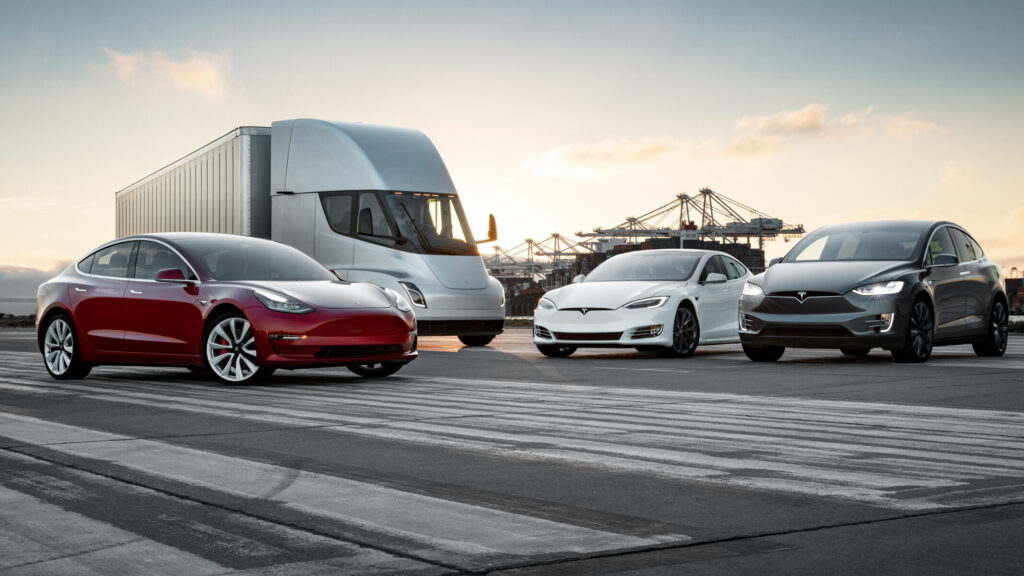
Yep, Tesla again. This time the ol’ tease Elon was dropping more hints about a VW Golf-sized Tesla hatchback – Model 2, let’s call it – aimed squarely at Europe. Cue much interest and feverish efforts to get on a non-existent waiting list.
Musk had already promised to have a US$25,000 ($33,000) EV on sale as early as 2023, saying an “affordable electric car” would be coming soon. Looks like the Model 2 will be just that vehicle.
The news followed reports a cut-price ($35,000) Model 3 was now off the menu in the US.

